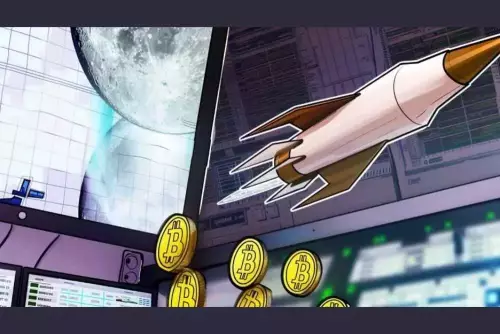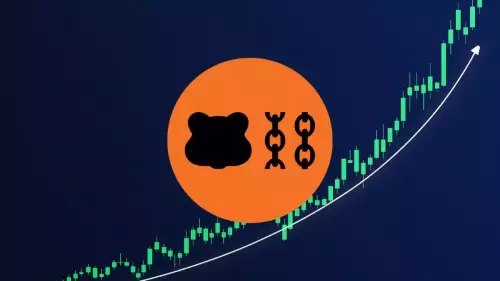 |
|
 |
|
 |
|
 |
|
 |
|
 |
|
 |
|
 |
|
 |
|
 |
|
 |
|
 |
|
 |
|
 |
|
 |
|
Cryptocurrency News Articles
Bitcoin Mining: Decoding Costs and the Break-Even Point
Nov 07, 2025 at 05:37 am
Navigating Bitcoin mining's profitability: Balancing energy costs, hashprice, and network security in a dynamic market. Is mining still worth it?

Bitcoin Mining: Decoding Costs and the Break-Even Point
Bitcoin mining, costs, break-even - these terms are constantly swirling in the crypto space. Let's break down what it really takes to stay afloat in the mining game.
The Miner's Balancing Act
Transaction fees have become a major driver of miner revenue and network security. With the hashrate around 1.12 zettahashes per second and difficulty pushing towards 155 trillion, miners are collectively earning around 453 BTC. But, the average fees per block remain relatively modest, impacting overall income.
Hashprice: A Rollercoaster Ride
Hashprice derivatives paint a concerning picture. Forward curves suggest rates may soften, creating a challenging environment for miner revenue. Galaxy Research pointed out that on-chain fees have fallen to near-historic lows, influenced by pool policies. It's a volatile market!
Fee Scenarios and Security Budgets
Let's consider three fee scenarios: quiet, moderate, and peak. In a quiet scenario (0.02 BTC per block), fees contribute minimally to miner revenue. A moderate scenario (0.50 BTC per block) sees the fee share rise, and in a peak scenario (5.00 BTC per block), fees become substantial. These levels directly impact the daily security budget, which includes both the subsidy and fees.
The Impact on Hashprice, Costs and the Break-Even Point
Increased fees per block add to daily revenue, potentially increasing miner earnings. However, it's crucial to consider energy costs. With current-generation equipment, electricity expenses can be significant. Forward rates hover around a certain amount per petahash per day, the gross power margin can be tight, impacting profitability and the all-important break-even point.
Security Considerations
Understanding the cost of an attack is vital. Estimates suggest that controlling 51% of the current hashrate would require immense power and hardware costs. Sustained higher fees would raise miner revenue, difficulty, and hashrate, increasing the barrier for potential attackers. Short-lived fee spikes don't establish a baseline for security.
Protocol Improvements and the Future
There's been progress in improving the fee market through protocol upgrades. Bitcoin Core v28 introduced one-parent-one-child package relay, and the v3 policy includes a replace-by-fee feature. These changes aim to make fee bumping more reliable, potentially establishing a floor under fees.
Nations Joining the Mining Game
The global race to accumulate Bitcoin is heating up, with nations like Japan embracing Bitcoin as part of their energy and digital strategy. Governments are starting to mine Bitcoin themselves, potentially pushing Bitcoin into a new demand cycle.
Final Thoughts
Bitcoin mining is a complex game with fluctuating costs and revenues. Staying informed about market trends, protocol improvements, and global adoption is key. So, keep your rigs humming and your eyes on the data, and who knows, maybe you'll strike digital gold!
Disclaimer:info@kdj.com
The information provided is not trading advice. kdj.com does not assume any responsibility for any investments made based on the information provided in this article. Cryptocurrencies are highly volatile and it is highly recommended that you invest with caution after thorough research!
If you believe that the content used on this website infringes your copyright, please contact us immediately (info@kdj.com) and we will delete it promptly.



















![The Graph Price Prediction [GRT Crypto Price News Today] The Graph Price Prediction [GRT Crypto Price News Today]](/uploads/2025/11/07/cryptocurrencies-news/videos/690d4df44fe69_image_500_375.webp)










































